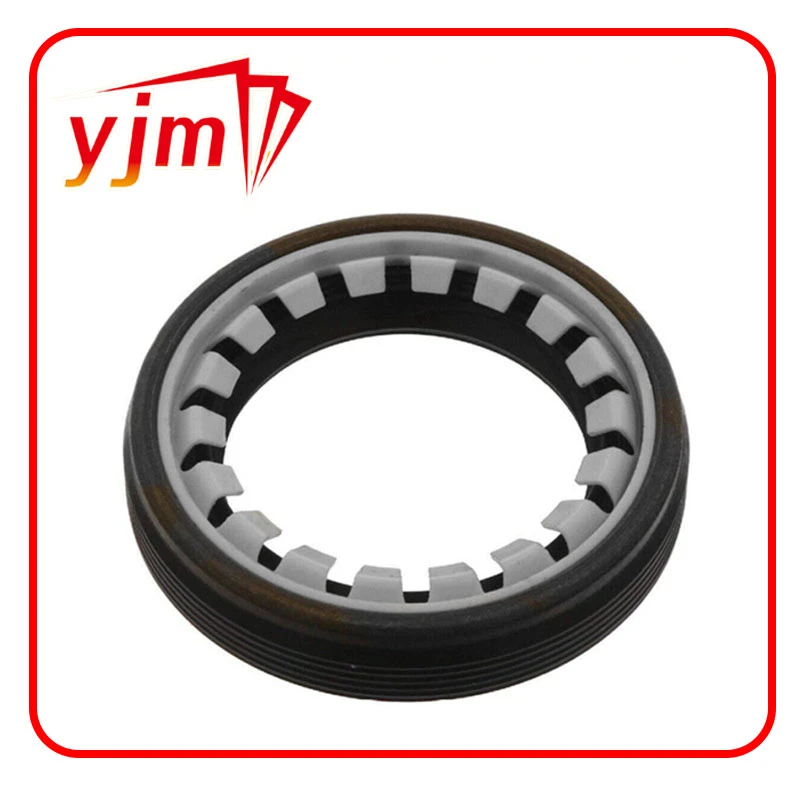Replacement Oil Seal 15 30 7 for Reliable Machinery Performance
Understanding Oil Seals The Case of Oil Seal 15 30 7
Oil seals are critical components in various mechanical systems, designed to retain lubrication and prevent the ingress of contaminants. Among the many types available in the market, the oil seal denoted by the dimensions 15, 30, and 7 has specific applications that make it a vital part of certain machinery. In this article, we will explore the characteristics, uses, and installation of the oil seal 15 30 7.
Specifications and Characteristics
The numbers associated with oil seal 15 30 7 refer to the seal's dimensions in millimeters
. Specifically, the first number, 15, represents the inner diameter of the seal, the second number, 30, indicates the outer diameter, and the final number, 7, denotes the width of the seal. This particular design is used to ensure a snug fit within a certain type of housing, ensuring effective lubrication retention.Oil seals are typically made from various materials, including rubber, polyurethane, and others, which offer different levels of resistance to heat, oil, and other contaminants. The material choice for the 15 30 7 seal may vary based on its application, such as in automotive engines, gearboxes, or hydraulic systems.
Applications
Oil seal 15 30 7 finds its primary use in various automotive and industrial applications. For instance, it is often utilized in wheel bearings, crankshafts, and input shafts, where the need for lubrication containment is essential for reducing friction and wear. In hydraulic systems, these seals play a critical role in maintaining pressure and preventing leaks, thereby ensuring efficient operation.
oil seal 15 30 7

The importance of oil seals extends beyond simply retaining oil; they also protect the machinery from dirt and moisture. This protective function is crucial, as any ingress of contaminants can lead to system failures, increased maintenance costs, and ultimately, machinery downtime.
Installation and Maintenance
Proper installation of oil seals, such as the 15 30 7, is vital to their performance. A key consideration during installation is ensuring that the seal is inserted straight into its housing without deforming the sealing lip, which can compromise its effectiveness. Using appropriate tools and following manufacturer guidelines are essential to achieving a secure fit.
Regular inspection and maintenance of oil seals can prolong their lifespan. Signs of wear, such as leaking fluids or cracks in the seal material, indicate the need for replacement. Addressing these issues promptly can prevent more extensive damage to the machinery.
Conclusion
In conclusion, oil seal 15 30 7 is a crucial component in mechanical systems that require reliable lubrication and protection from contaminants. Understanding its specifications, applications, and proper maintenance can significantly enhance the performance and durability of machinery. As technology continues to advance, the design and materials of oil seals will likely evolve, further improving their effectiveness and efficiency in various applications.
-
Understanding the Front Main Engine Seal: Purpose, Maintenance, and Installation
News Jul.29,2025
-
Understanding O-Rings and Seal Rings: Types, Applications, and Custom Solutions
News Jul.29,2025
-
Understanding Crankshaft Oil Seals: Rear Seals, Pulley Seals, and Their Role in Engine Integrity
News Jul.29,2025
-
The Importance of Front and Rear Crankshaft Seals in Engine Performance and Oil Management
News Jul.29,2025
-
Crank Oil Seals: Functions, Types, and Cost Considerations in Engine Maintenance
News Jul.29,2025
-
A Comprehensive Guide to O-Rings and Seals: Types, Materials, and Global Applications
News Jul.29,2025
-
Mastering Diesel and Performance Engine Maintenance: A Guide to Critical Oil Gaskets
News Jul.28,2025
Products categories















